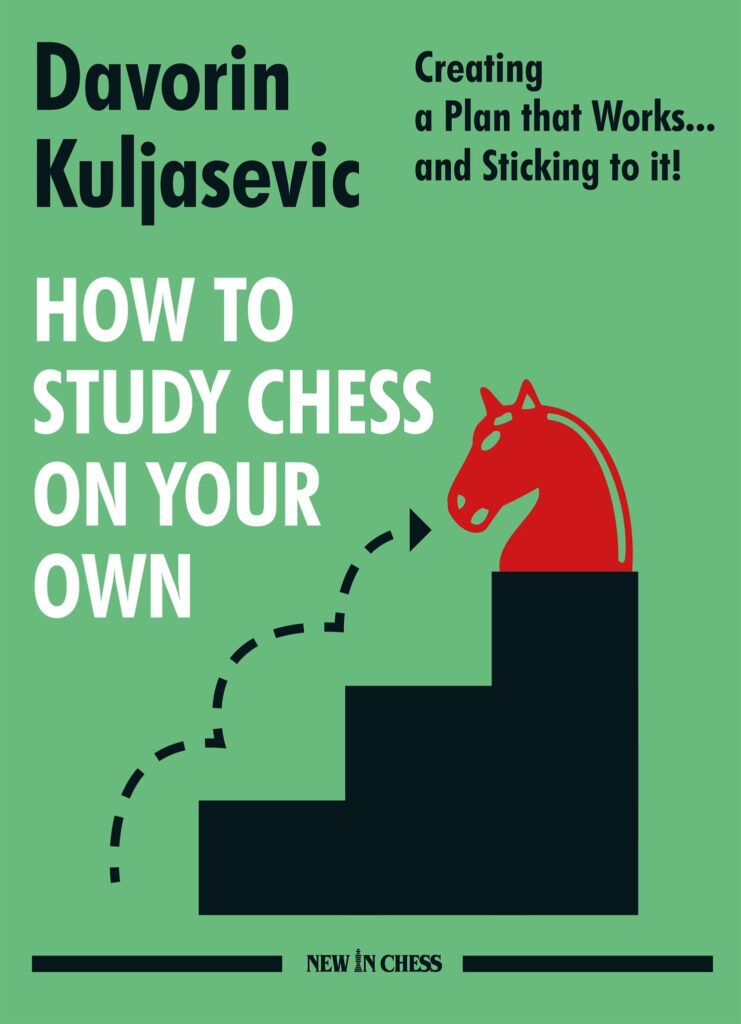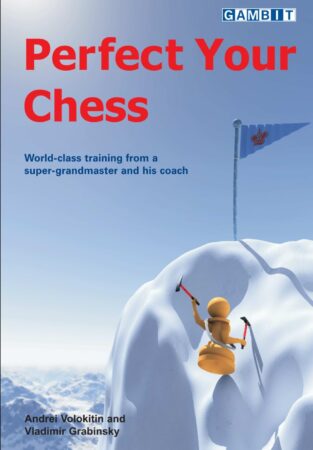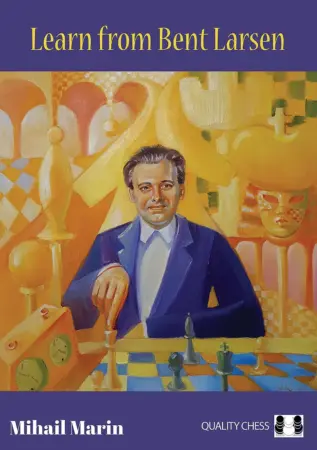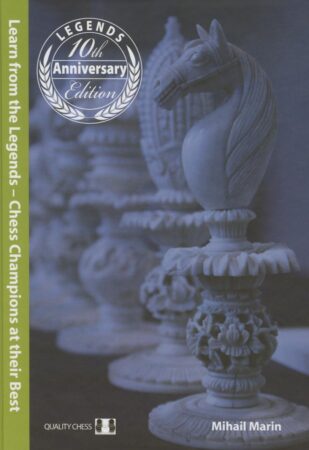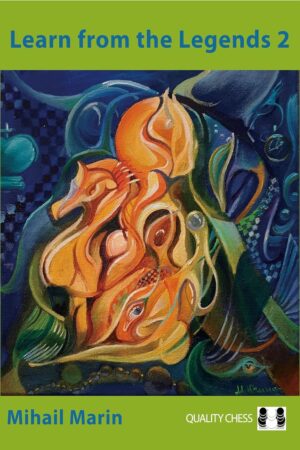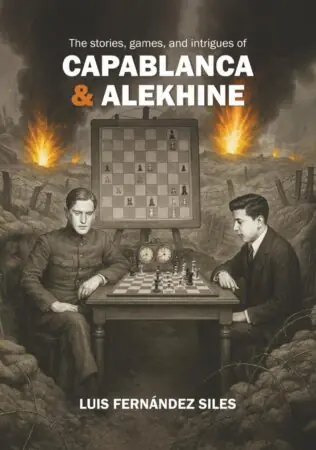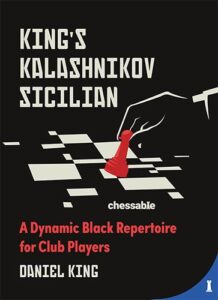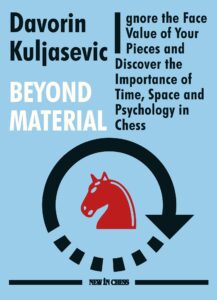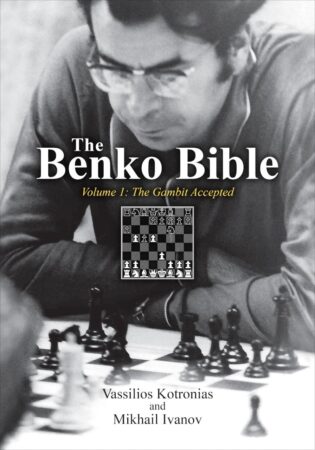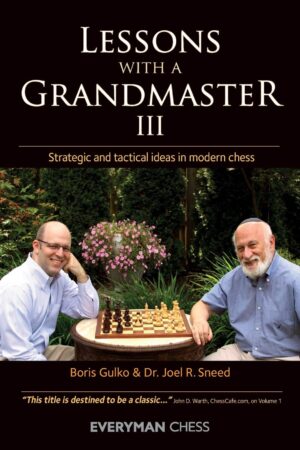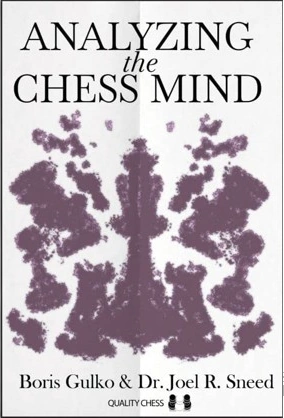How to Study Chess on Your Own is one of the greatest chess book series I’ve ever read. And I’m not just saying that because Davorin Kuljašević is from my home town. His series is the chess equivalent of Lao Tzu’s “Give a man a fish and you feed him for a day. Teach him how to fish and you feed him for a lifetime.” Not many chess coaches and authors have embarked on the journey of teaching everyone how to study by themselves. They need to keep selling fish.
How to Study Chess on Your Own is a practical guide on perfecting your chess study. Take, for example, chapter two, titled 15 Study Methods. Kuljašević goes over different ways of studying, including light and deep analysis, sparring, reading, and watching chess related content, and gives each a grade in three areas; practical relevance, study intensity, and long-term learning potential. That alone would help any improving player decide on how to spend their time if they wanted to become more effective according to the author’s methods. Kuljašević explains each study method in great detail without being too harsh on “modern” study methods, such as analyzing with an engine or watching YouTube videos. Instead, he tries to find a purpose to each, and gives advice on how to optimize your time if you employ them.
The following chapters, on identifying priorities, in which Kuljašević dissects every area of the game, or on study resources, creating training schedules, and how to approach each section of the game for optimal results, are goldmines of useful advice. I believe that I tend to overthink things, and optimize everything before starting. Had I read this book when I was just starting out in chess, the process would have been completed already. How to Study Chess on Your Own will be enough for overthinkers, overoptimizers, and all those who wish to make their chess studies effective.
I think the book is intended for adult improvers, although Kuljašević at no point says so himself. Those of us who are struggling, those who have hit a plateau, and those of us who don’t have 10 hours a day they can devote to chess.
How to Study Chess on Your Own is a series of four books. The first volume is a guide on how to approach independent chess study and its purpose is to, as Davorin puts it: “Encourage readers to study with proper structure, and help readers become independent in their study.” It covers every aspect of chess study; how to create plans and training schedules, how to optimize learning processes, how to develop healthy studying habits and eliminate the useless and harmful ones, how to distribute time and what areas to focus on, which resources to use depending on your level, and, most importantly, how to study openings, middlegames, and endgames on your own.
The series is intended, as he puts it, for everyone from casual club players to chess professionals. The other three volumes in the series are workbooks, each for a separate level range (1500-1800, 1800-2100, and 2100+).

